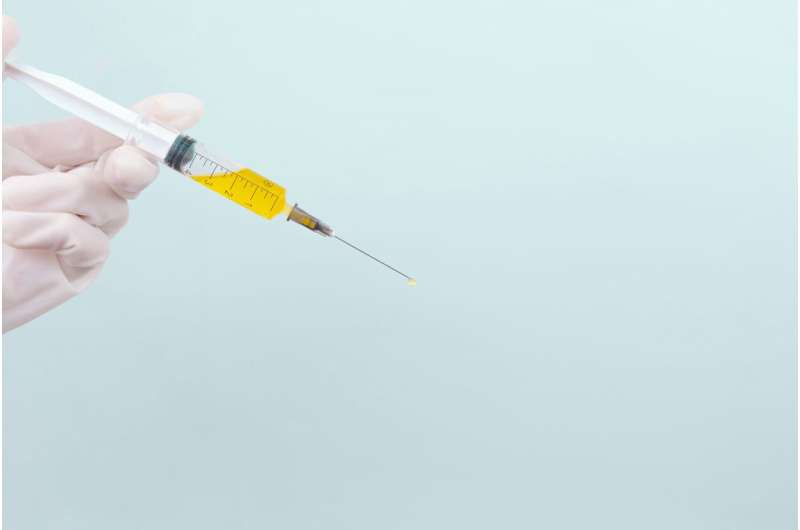Surge in COVID-19 Cases in Maryland Amid End of Summer and School Reopening

Maryland faces a significant rise in COVID-19 cases and hospitalizations as summer ends and schools reopen, highlighting ongoing risks and seasonal patterns of the virus.
As summer draws to a close and educational institutions resume, Maryland is experiencing a notable increase in COVID-19 cases and hospitalizations. Over the past two weeks, hospitalizations have surged by 123%, reaching the highest levels observed since April. While surges are typical during summer months, this particular increase is occurring later than usual in the season.
According to data from the Maryland Department of Health Vital Statistics Administration, there has been a 50% rise in COVID-19 cases overall, with 2,089 new infections reported between July 29 and August 12, compared to 1,427 cases from July 15 to July 29. Hospital admissions related to COVID-19 have also increased, with 67 hospitalizations in the recent two-week period, up from previous figures.
Expert insights from Johns Hopkins Bloomberg School of Public Health's Professor Andrew Pekosz suggest that COVID-19 shows a seasonal pattern similar to influenza, often with minor surges that vary each year. The recent rise is partly attributed to increased indoor congregation as people seek relief from the summer heat, providing more opportunities for the virus to spread.
Wastewater surveillance indicates that while viral activity was low nationwide from late July to early August, certain Maryland regions such as Montgomery County and Anne Arundel County are experiencing elevated COVID-19 viral levels. This method of monitoring helps detect community spread trends.
Although this increase is relatively mild compared to past summers—where peaks have reached around 5,000 cases over similar periods—it serves as a reminder that the virus remains active. Pekosz emphasizes that surges often coincide with the emergence of new variants, which can change the infection dynamics.
With schools and colleges reopening, there is concern about increased transmission among younger populations. Pekosz warns that community settings like schools could facilitate further spread, leading to spikes in cases among different age groups.
Despite the generally predictable pattern of rises, precaution is advised, especially for immunocompromised individuals. Authorities recommend keeping at-home COVID-19 testing kits available and staying updated with vaccinations to mitigate the impact of potential surges.
Health experts stress that COVID-19 continues to cause illness comparable to the flu, and individuals should remain cautious. Symptoms can be severe enough to warrant days of rest at home, and hospitalized cases, though fewer percentages, still occur. Recognizing the persistent threat, maintaining safety measures remains important to prevent overwhelming healthcare systems.
Stay Updated with Mia's Feed
Get the latest health & wellness insights delivered straight to your inbox.
Related Articles
Research Links Placental Inflammation to Childhood Allergic Diseases Like Asthma
New research uncovers how placental inflammation during pregnancy influences the development of allergic diseases like pediatric asthma, offering insights into early prediction and prevention.
Measles Outbreak Expands Across Texas and Neighboring States Nearing 800 Cases
A measles outbreak originating in Texas has expanded to nearly 800 cases across three states, highlighting ongoing public health concerns. Learn more about the latest developments and regional impact.
Study Finds Menopause Does Not Accelerate Disability in Women with Multiple Sclerosis
A groundbreaking study reveals that menopause does not increase the risk of disability worsening in women with multiple sclerosis, providing reassurance and guiding clinical care.
Surge in Whooping Cough Cases in Washington State Amid Declining Vaccination Rates
Washington State is experiencing a sharp rise in whooping cough cases, driven by declining vaccination rates, with severe health risks especially for infants. Learn more about the outbreak and the importance of immunization.



